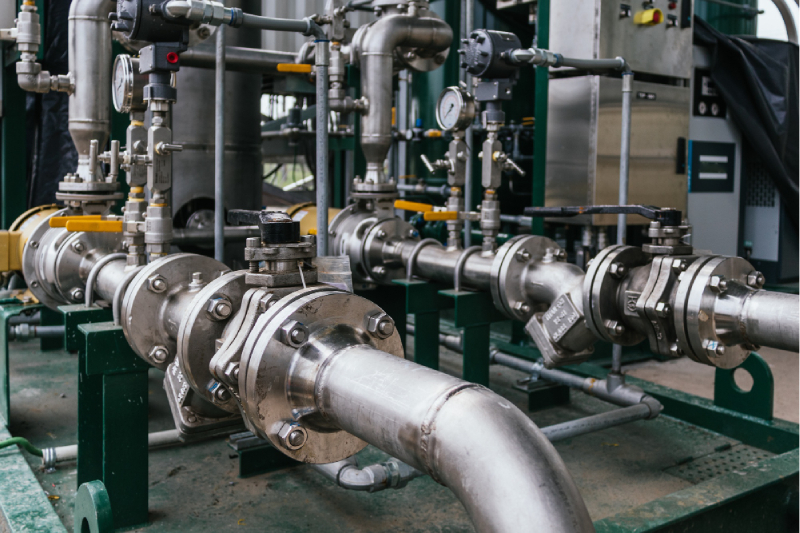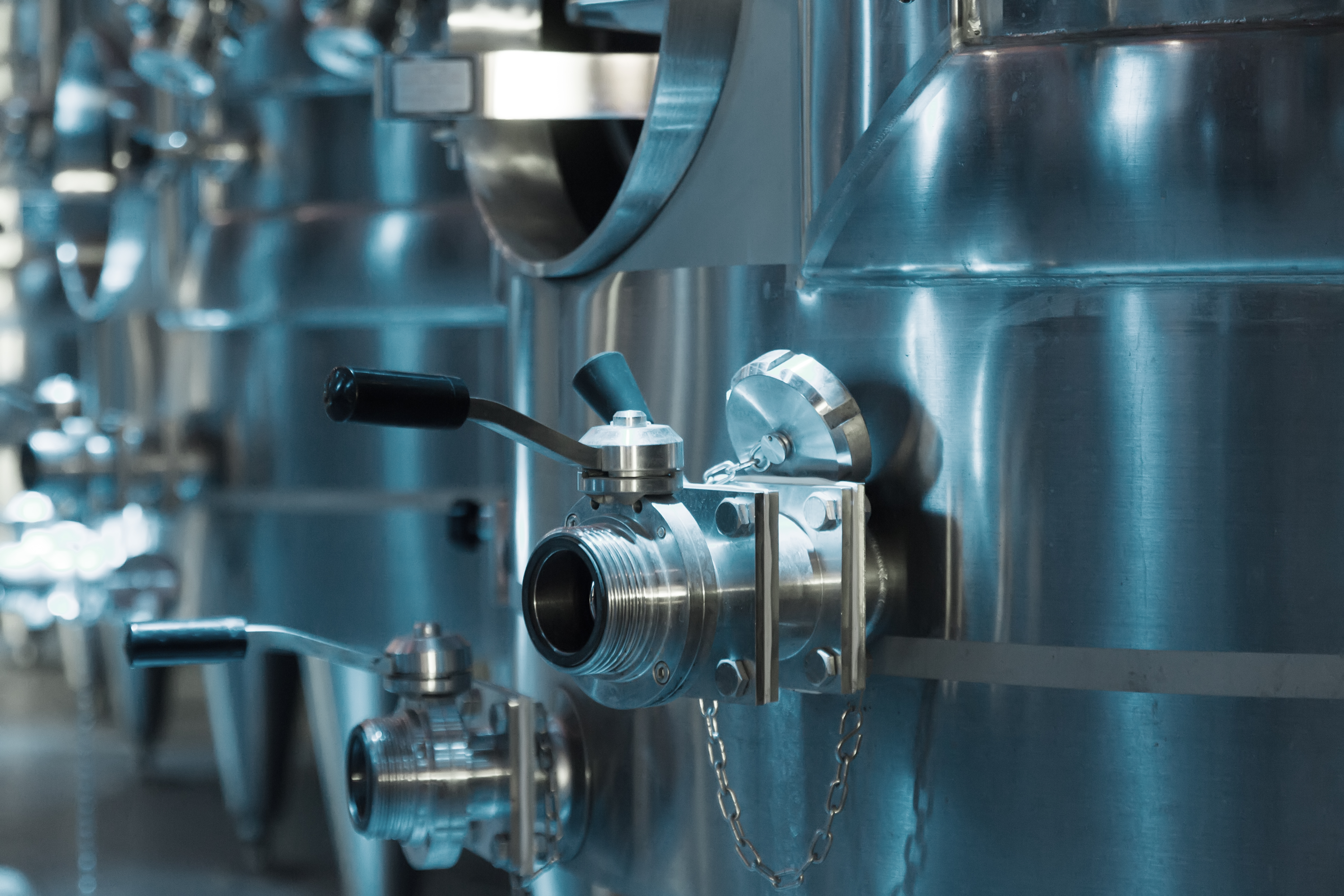Stainless Steel 304 vs. 316: Which is Better for Your Project?
Date : Sept 08, 2024When it comes to the selection of materials for the project, it is vital to choose the correct type of stainless steel. The two most widely preferred grades are the Stainless Steel 304 and Stainless Steel 316. They are very similar in their nature but also have differences that may affect their effectiveness within different uses. Knowing these differences, you can make the right decision on which grade is better for your project.
Composition and Corrosion Resistance
Stainless Steel 304:
- Composition: There is 18% chromium and 8% nickel in it. Corrosion Resistance: It offers good corrosion resistance in almost all situations. It is especially suitable for preventing oxidation and corrosion by most oxidizing acids.
- Applications: Suitable for use in fabrication of kitchen utensils and containers and in the food processing industries and dairies.

Stainless Steel 316:
- Composition: It has 16% chromium, 10% nickel, and 2% molybdenum in the composition. Corrosion Resistance: The presence of molybdenum efficiently improves its corrosion properties especially against chloride and other solvents used in industries. This makes it highly effective in more aggressive environments due to its extra level of security.
- Applications: It tends to be employed in marine installations, pharmaceutical application products, and chemical industries.
Mechanical Properties
Both grades offer excellent mechanical properties, but there are slight differences that might influence your choice:
- Strength: They both offer the same tensile strength, while 316 steel has slightly higher yield strength as compared to 304 steel.
- Temperature Tolerance: As for the mechanical properties, both grades exhibit good performance at elevated temperatures, although 316 has a bit of advantage in terms of high temperature resistance.
Cost Considerations
Cost is often a critical factor in material selection: Cost is often a critical factor in material selection:
- Stainless Steel 304: Typically cheaper because they contain no molybdenum.
- Stainless Steel 316: Costly since it contains more molybdenum which makes it more resistant to corrosion and has a longer life span.
Weldability and Formability
304 as well as 316 steels are generally acceptable as weldable steels that have reasonable formability. However, there are some distinctions: However, there are some distinctions:
- Stainless Steel 304: It is easier to form and weld since it possesses a lower work hardening rate compared to steel.
- Stainless Steel 316: It still exhibits the same level of formability and weldability as 304 but can be somewhat more difficult to fabricate due to its higher work hardening coefficient.

Specific Applications
Stainless Steel 304:
- Ideal for kitchen utensils, sinks, and backsplash areas.
- Commonly used in brewing activities, milk processing and in the production of wine.
- Used for underpinning and trim work, columns and stairways, arches and cornices, eaves and lintels, ornamental work, and balcony and gallery.
Stainless Steel 316:
- It is more preferably used in marine compounds for boats and some installations in coastal areas.
- Applied in the preparation of medical surgical instruments.
- It is used mainly in the chemical industry for equipment and tanks used for processing and storage purposes.
Choosing the Right Grade for Your Project
To determine whether Stainless Steel 304 or 316 is better for your project, consider the following factors:
- Environmental Conditions: Although both materials are resistant to corrosion, if your project involves using chemicals or operations in salt water environment, then Stainless Steel 316 is preferable due to its high resistance to corrosion.
- Budget Constraints: When cost is an issue of most concern and the working environment is not very adverse, SS 304 can serve as an economical option that can withstand the mentioned conditions.
- Mechanical Requirements: For projects demanding higher tensile and yield strengths, Stainless Steel 316 may just provide the extra possession needed.
Conclusion:
The two main types of stainless steel, Stainless Steel type 304 or 316 are both very useful in many different areas. You should make your decision depending with the project needs to the environmental conditions, the price and the mechanical necessities of the project. However, taking the above factors into consideration, it becomes possible to determine which stainless-steel grade is most suitable to offer you the best service and worth for your money.


